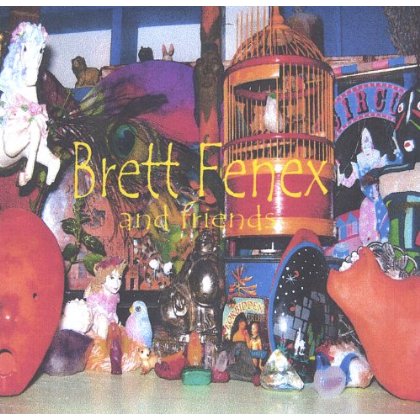
description
to his mother, who passed away in 1997, in his native Ghana. It comes late enough to have transfigured his grief into a hefty polemical punch, rather than sanctimony and tears. The central voice of this magnificent collection is patently feminist. It celebrates womanhood. It is supremely unapologetic. It speaks of the momentous dawning of woman's sense of selfhood, or feminism (The Appearance of Colour), self-actualisation, her mystique, and indefatigable pathos. It employs Annobil's prehensile facility, deft argument, prophecy, mysticism, dream, surrealism, abstraction, imagism, and indignation, to interrogate the terrors of misogyny, environmental decay, human displacement, bad science, neocolonialism, apostasy, the Crucifixion of Jesus and of George Floyd (An American Crucifixion), the woes and triumphs of African Diasporans at large and the casual brutalisation of the Palestinians. But the die-hard surrealist is also worshipful and romantic towards ancestry, his matriline, and he speculates on love in the most unlikely places, such as the ashes of Vesuvius.
member goods
No member items were found under this heading.
Return Policy
All sales are final
Shipping
No special shipping considerations available.
Shipping fees determined at checkout.







